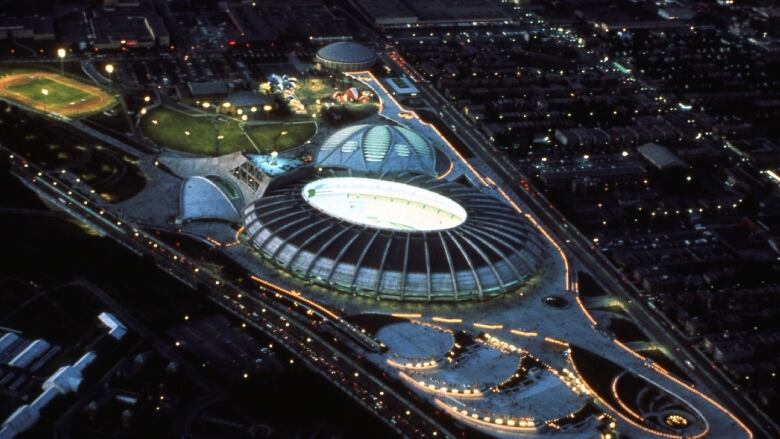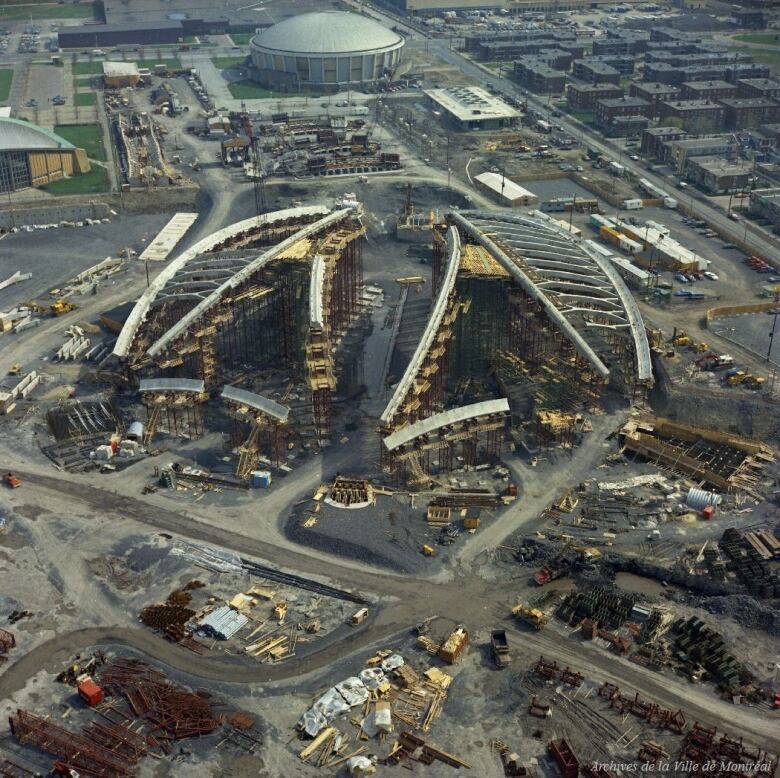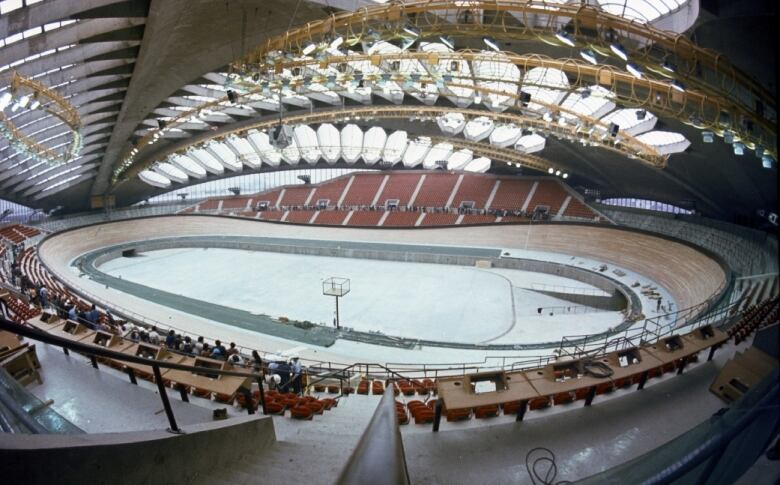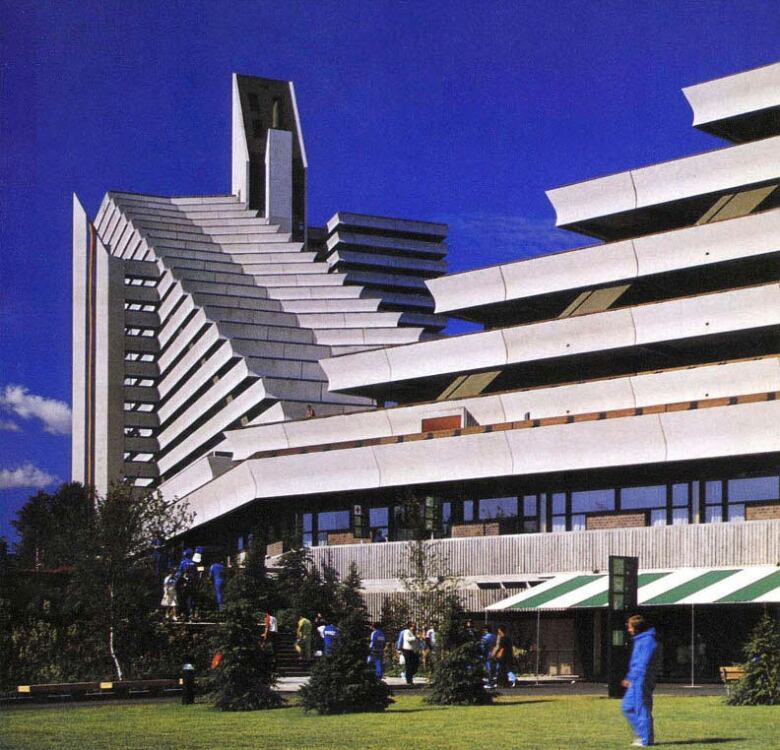4 venues built for the 1976 Montreal Olympics
Games left Montreal with a number of new buildings, and a billion-dollar debt

A headline on a news story from 1973 cited the very first cost estimate forthe 1976 Montreal Olympics: $310 million.
At the time, theprovince's finance minister said the price tag would bepaid forby revenue generated bythe Games.
And Montreal Mayor Jean Drapeaunotoriously asserted that"the Montreal Olympics can no more have a deficit, than a man can have a baby."
When all was said and done, thefinal cost for the 1976 Olympics, including operating costs, came to nearly$1.6billion.
It wasn't until 2006 that the bill was finally paid off. But the Gamesalso left Montreal with a few new venues. Here's a look at four of the Games's legacy buildings.
Olympic Stadium

Cost as of August 1976:$795.4 million, which comes to$3.3 billion in 2016 dollars with inflation.
Construction: April 1974 to July1976 (the above figure doesn't include cost of the tower and roof, whichwere completed in 1987).
Features: Stadium currently has permanent seating capacity of just over56,000, but there were 73,000 spectatorsduring the opening ceremony.
Olympic events hosted: Opening and closing ceremonies, show jumping (equestrian), athletics, soccer.
Fact: InMay 1975, workers building the stadiumwalked off the job and did not return until October 26, delaying construction to the point where organizers were afraid the Games wouldn't start on time.
Post-Olympics use: Served as the Montreal Exposhome field from 1977 to 2004, hosted the Grey Cup six times, has been the site of a number of soccer games and is still used as aconcert venue. The stadium welcomed about 589,000 visitors last year.
Velodrome

Cost as of August 1976: $86.5 million, which comes to $360 million in 2016 dollarswith inflation.
Construction: August 1973 to April 1976.
Olympic events hosted: Track cycling, judo.
Fact: The skylights in the building proved to be controversial. They are made ofa layerofpolyurethane pressed between two sheets of acrylic;critics of the project claimedtheskylightswere flammable. Designers had to conduct tests on a number of plastic materials toassuage those fears.
Current use: In 1989, it was announced the building would be converted into a museum. In 1992, the Montreal Biodome opened.

Olympic Village

Cost as of August 1976: $85 million, which comes to $354 million in 2016 dollars with inflation.
Construction: November 1974 to June 1976.
Specs, purpose: The village consists of two 19-storey buildings in the shape of pyramids, offering a total of 980 apartments surrounded by terraces. All athletes were housed in the Olympic Village, with the exception of those participating in the sailing and most equestrian events, which were held in Kingston, Ont. andBromont, respectively.
Fact: For security reasons, the entire Olympic Village was surrounded by a high wire fence.
Current use: Apartment buildings. Currently managed byCAPREIT, rent ranges from $825 for a bachelor to $2,235 for a three-bedroom pad.
Claude-RobillardCentre

Cost as of August 1976: $57.8million, which comes to $241 million in 2016 dollars with inflation.
Construction: October 1974 to May 1976.
Features: Olympic-sized pool, a 400-metre, eight-lane track, field with artificial turf for hockey and football practice, a natural grass surface for football which would be used as a baseball diamond after the Games.
Olympic events hosted: Handball, water polo.
Fact: The original price estimate for the complex was $15 million;itwas named for Claude Robillard, the first director of Montreal's parks department.
Current use: Still in use as a sports centre.












_(720p).jpg)


 OFFICIAL HD MUSIC VIDEO.jpg)
.jpg)



























































































